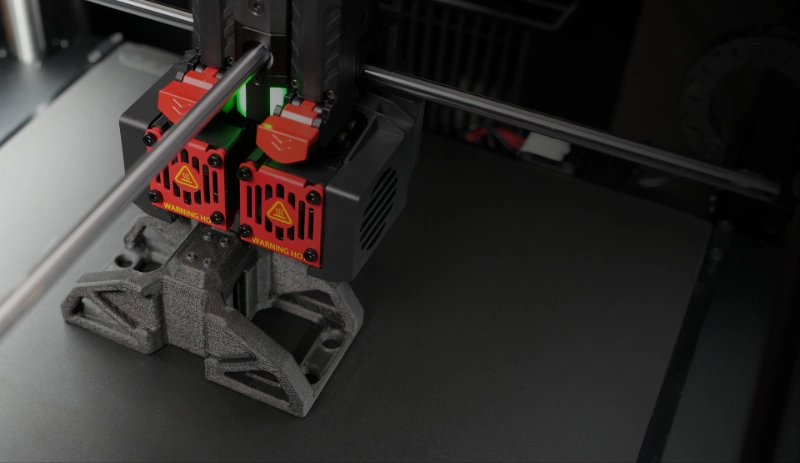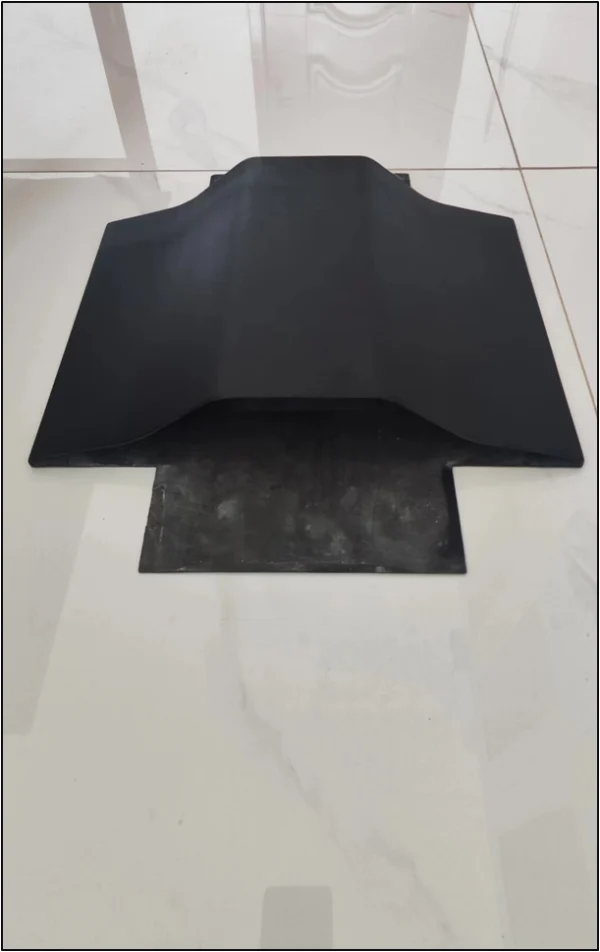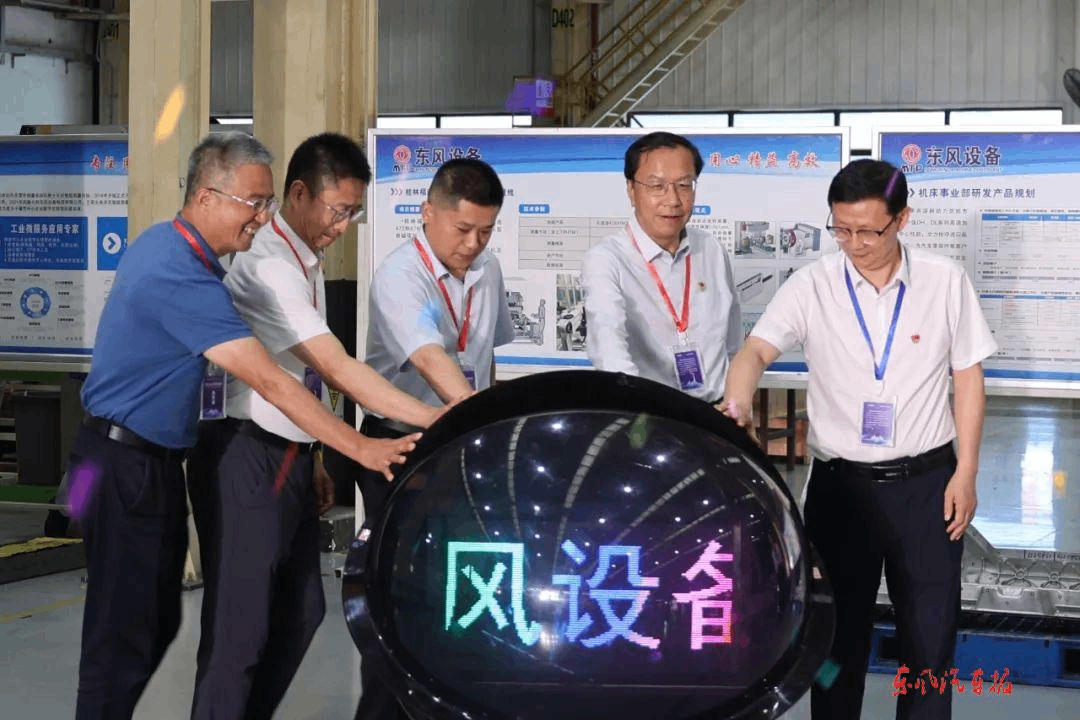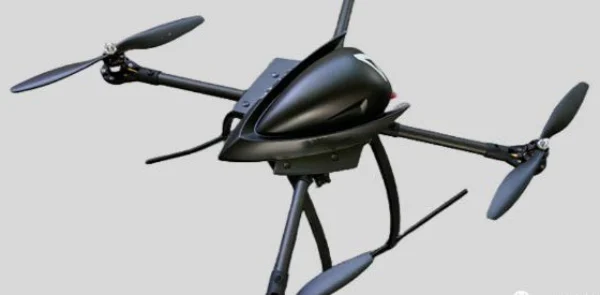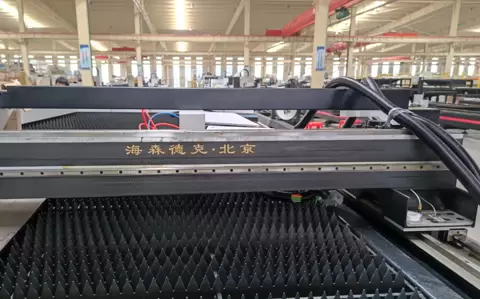As urban rail transit systems grow to meet rising population and mobility demands, rail operators and manufacturers are turning to innovative materials to enhance performance. One standout advancement is the use of carbon fiber composites for rail metro systems. These lightweight, high-strength materials are transforming how rail cars and infrastructure are designed, offering a combination of efficiency, durability, and sustainability.
This article explores how carbon fiber composites are improving rail metro systems and highlights the role of leading companies like Hithunder Composite Materials Technology in bringing aerospace-grade innovation into public transportation.
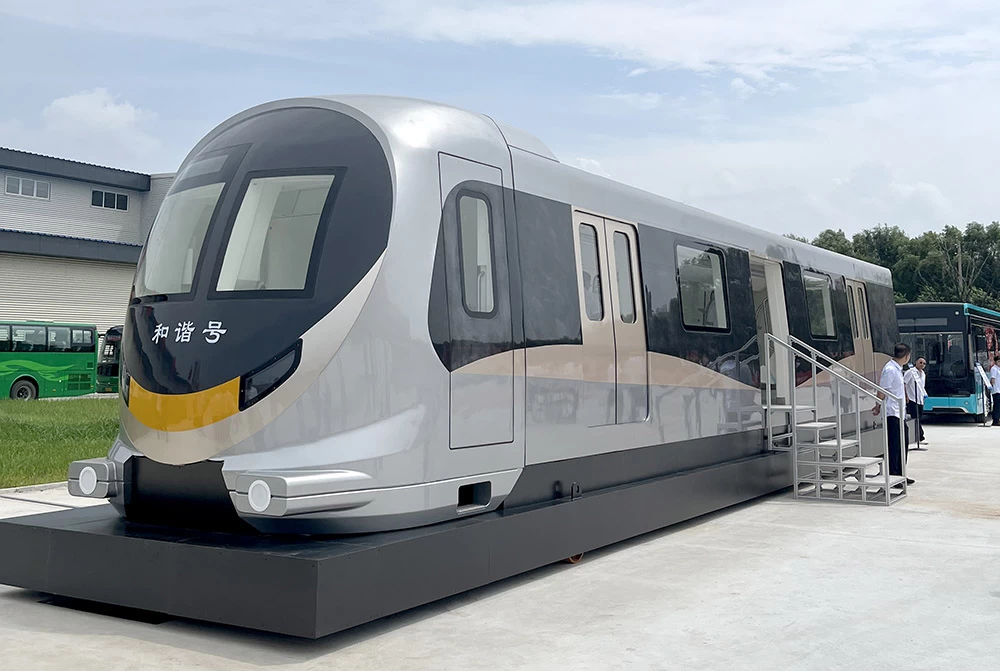
Lightweight Design with Structural Strength
Weight reduction is critical in rail metro design. Traditional materials such as steel and aluminum, while strong, significantly increase the overall mass of railcars. In contrast, carbon fiber composites offer superior strength-to-weight ratios, meaning they can withstand heavy loads while remaining extremely light.
By reducing vehicle weight, rail systems benefit from improved acceleration, energy savings, and lower operational costs. Less weight also means reduced wear on tracks, leading to lower maintenance expenses and extended infrastructure lifespan.
Hithunder Composite Materials Technology, a high-tech company specializing in advanced composite structures, brings decades of aerospace expertise to the transportation sector. The company has been instrumental in developing carbon fiber components tailored specifically for rail metro systems, combining cutting-edge technology with practical, real-world applications.
Enhanced Durability and Corrosion Resistance
Rail metro vehicles operate in demanding environments, often exposed to vibration, moisture, temperature fluctuations, and pollutants. Unlike metal parts, carbon fiber composites do not rust, corrode, or degrade easily, even under extreme conditions. Their inherent chemical stability ensures a longer service life and fewer replacements.
This resilience significantly reduces the need for frequent maintenance, resulting in higher reliability and greater uptime for metro services. Composites also offer excellent fatigue resistance, maintaining their mechanical properties over repeated use and stress cycles.
Improved Energy Efficiency
Efficiency in modern rail systems is not just about speed—it’s about how energy is used. The adoption of carbon fiber composites leads to lower energy consumption due to the reduced mass of metro trains. Lighter trains require less power to move, which translates directly into lower electricity or fuel costs.
For electric-powered metro systems, this improved energy efficiency helps reduce the carbon footprint of daily operations. Combined with the potential for regenerative braking systems and other energy-saving technologies, carbon fiber-equipped trains are at the forefront of sustainable urban transit.
Design Flexibility and Aesthetics
Carbon fiber composites offer engineers and designers unmatched flexibility in shape, form, and function. Components such as car bodies, seat frames, floor panels, doors, and interior fittings can be customized to meet ergonomic, aerodynamic, or visual requirements. This opens up opportunities for modern and comfortable metro train designs without compromising strength or safety.
Hithunder Composite Materials Technology excels in precision manufacturing and customized development, enabling rail manufacturers to integrate lightweight and functional components that align with both performance and branding goals.
Fire Safety and Noise Reduction
Safety is paramount in public transportation. Today’s carbon fiber composites are engineered to meet strict fire safety standards, including low smoke and low toxicity in the event of combustion. Additionally, composites can help with noise and vibration damping, making for a quieter and more comfortable passenger experience.
These features enhance passenger safety and well-being, further supporting the case for composite integration in modern rail systems.
Civil Application of Aerospace Technologies
Hithunder Composite Materials Technology has made it a mission to translate aerospace-grade technologies into civil industries. By leveraging its R&D capabilities, the company develops composite solutions that are not only advanced but also scalable for urban infrastructure. This military-to-civilian technology transfer ensures that the latest in composite innovation benefits millions of daily commuters through safer, lighter, and more efficient metro systems.
Conclusion
The integration of carbon fiber composites for rail metro is reshaping the future of urban mobility. From reducing weight and boosting energy efficiency to enhancing durability and passenger comfort, the benefits are clear and measurable. As cities strive for greener, faster, and more reliable transportation, composite materials will continue to play a crucial role.
Companies like Hithunder Composite Materials Technology are leading the way, bringing cutting-edge materials from aerospace to urban transit. Their commitment to innovation and quality ensures that the next generation of rail metro systems will not only meet but exceed expectations in performance, safety, and sustainability.
If you’re looking to build the future of rail transportation, carbon fiber composites are no longer optional—they are essential.

